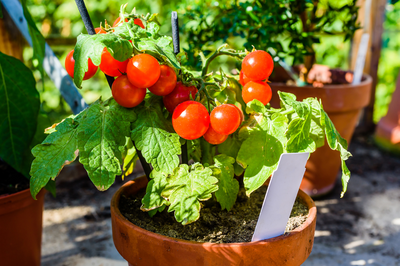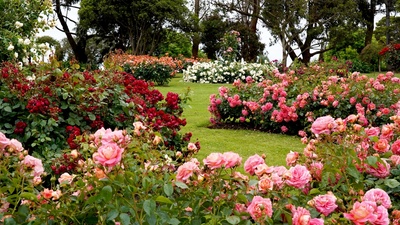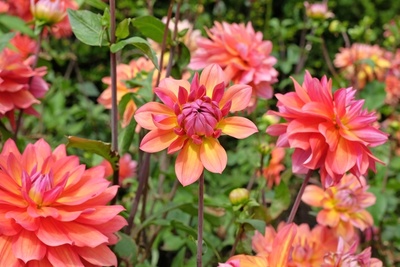
There’s something especially thrilling about finding newts in the garden. These lizard-like amphibians eat bugs and slugs that would damage precious plants, and finding them in your garden is a sign of a healthy eco-system.
Identifying your newts
The UK has three native newt species – the common or smooth newt, the palmate newt and the great crested newt.
- Common newts are grey-brown with orange undersides and black spots all over their bodies. In the mating season, males have a smooth crest running along their back and tail.
- Palmate newts look very similar to common newts, but in the mating season, the males develop black webbing on their hind feet.
- Great crested newts are rare and are protected by law. They’re black, with white-spotted flanks, a warty, rough-looking skin and orange underside. In the mating season, males have a long wavy crest along their body and tail. If you think you have great crested newts in your garden, contact Natural England, Natural Resource Wales or Scottish Natural Heritage who can advise you what to do next.
Newt lifestyle
Like frogs and toads, newts hibernate over winter and emerge in spring to find water in which to mate and lay their eggs. Newt courtship is a flamboyant affair, with the males taking on brighter colours, growing distinctive crests, and flicking their tails to attract females. After mating, females lay their eggs in the water, wrapping each egg up in the leaf of an aquatic plant.
The eggs hatch into tadpoles that feed first on algae and later on insects and small pondlife. Gradually these tadpoles develop legs, become adult newts and move out of the water onto land, living in damp shady places under logs, in hedgerows or under stones. Compost heaps are a favourite hibernation spot in winter, so watch out for newts when digging in your compost heap in spring.
How to encourage newts into your garden
Newts like damp shady environments with easy access to water, so to encourage newts into your garden, build a pond (but don’t put fish into it, as they’ll eat the young newts). Make a slope at one end, so that newts and other wildlife can get in and out easily, and add aquatic plants for the females to wrap eggs in – water forget-me-not (Myosotis scorpioides) and water mint (Mentha aquatica) are ideal. Marginal plants such as irises around the edge of the pond give newts and other wildlife protection from predators, and a log pile makes a good winter hibernation home.
It can take a year or two for newts to find your pond but resist the temptation to bring in newts from other locations, as this can spread disease. Be patient, and let the wildlife find you.
Once you have newts in your garden, other amphibians will follow, and your garden will reap the benefit. For advice on ponds and pond plants, why not pop into our garden centre?




